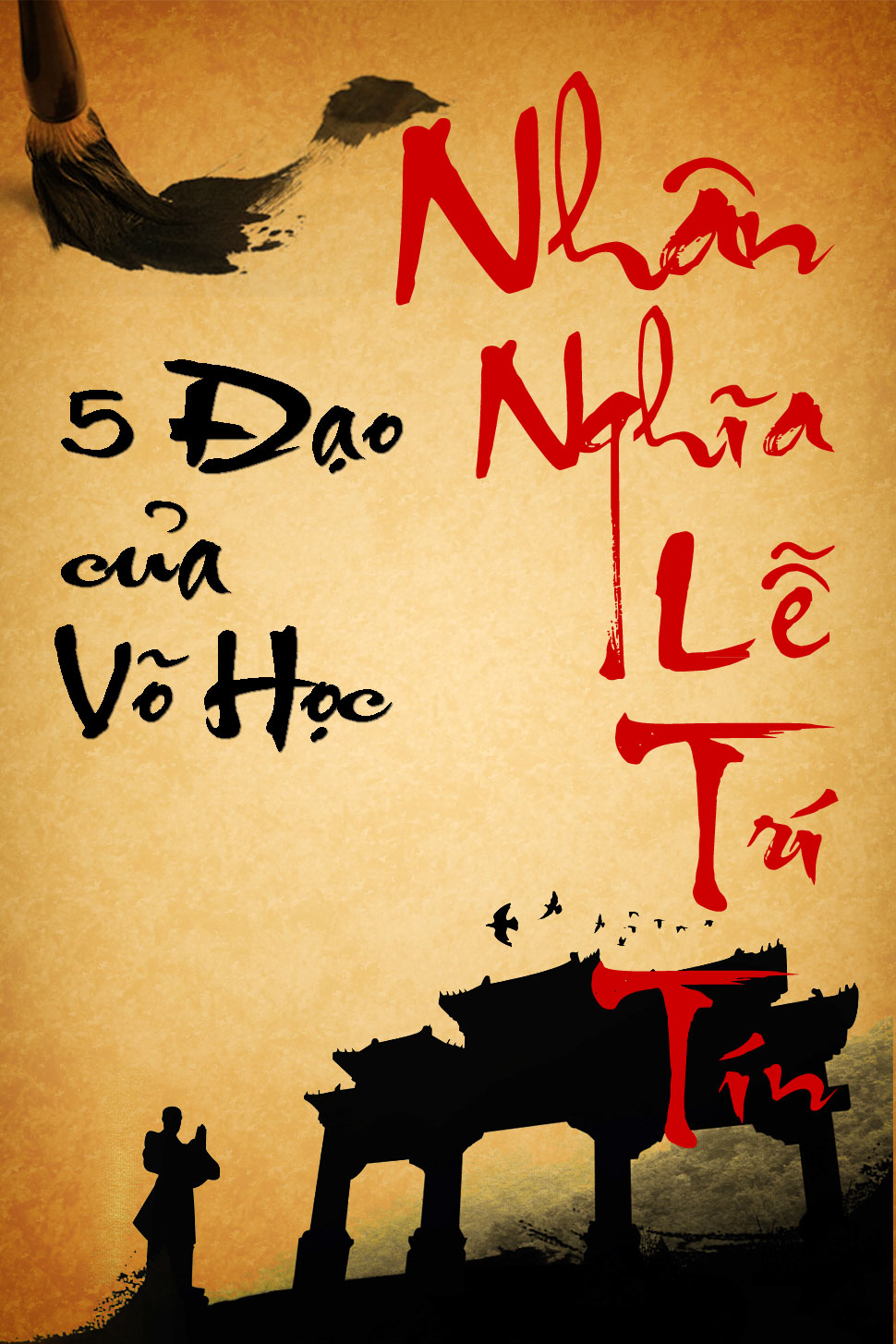History of Việt Võ Đao
Việt Võ Đạo is not a particular style or school, but a generic term to name all kinds of Martial Arts originating in Vietnam. That is the reason why it is commonly associated with another term to name precisely a given style or school. Examples are Thất Sơn Võ Đạo, Cửu Môn Việt Võ Đạo, Vovinam Việt Võ Đạo, …
Nowadays, various Việt Võ Đạo schools are established in most countries in the world.
To keep the identity and specificity of each of the different schools, they typically choose a generic name, honoring their birth country:
• Việt : Vietnam
• Võ : Martial art
• Ðạo : The way
The traditional vietnamese structure: school – master – disciple certainly explains the resistance and development of Việt Võ Đạo despite the difficulties it experienced.
Việt Võ Đạo in Vietnam
This term is actually more used outside of Vietnam. Inside the country, older or more traditional terms are generally used: Võ cổ truyền (traditional martial art), Võ thuật (martial technique) or more often Võ (martial art).
For Vietnamese people, practicing Võ is not only training on fighting techniques, but moreover develop one’s culture and improve one’s personality through the five traditional confucianist virtues:
• Nhân : humanity
• Nghĩa : justice, social life, fairness
• Lễ : politeness, respect, good manners
• Trí : intelligence
• Tín : honesty, faith, confidence
This virtues are studied in all serious Võ schools.
The word Võ Sư (expert in martial art) is very close to what the other martial arts mean by “Master”.
The Vietnamese martial art is totally bound to the culture and history of the country. The development of the main schools and groups started in the end of the 19th century. The most famous Masters of that time, considered as founders of the modern Vietnamese martial art, as we know it now, were Masters Ba Cát, Hàn Bái, Cự Tốn (1st Master of Nguyễn Dân Phú), Sáu Tộ, etc. Later, in the 40s and 50s, came Masters Quack Van Ke (Lam Son school), Nguyễn Lộc (Vovinam), and so on. At the same time appeared the first schools in France (Nguyễn Dân Phú : Thanh Long school, Hoang Nam : Wu Tao school).
Many schools develop in the whole country (North, Center and South of Vietnam), each with its specificity (Thiếu Lâm, Binh Đinh, Vinh Xuân, etc.). The authorities ease and foster this development, and official federations exist. In Hà Nội, Hội Võ Thuật Hà Nội federation counts more than 50 different schools, the Masters of which come directly from the great Founders like Cự Tốn, Sáu Tộ, etc.
International exchanges have been increasing for around 15 years.
Vovinam history is somewhat special, because one can not really consider it a school, as it was designed from the beginning as a sports movement.
It mainly developed outside of Vietnam, due to many Việt Kiêu (expatriates) settling down in all parts of the world.
Very well known because of its choice for acrobatic and spectacular techniques, Vovinam actually represents only a small percentage of people practising Vietnamese martial art (Việt Võ Đạo).
In Vietnam, Vovinam is only established in Saïgon and around, and in France it accounts for a mere 10% of people practicing Vietnamese martial arts.
From the books : “Nguyễn Dân Phú, sa vie, son œuvre” and “Cửu Môn Việt Võ Đạo” published by André Gazur.

